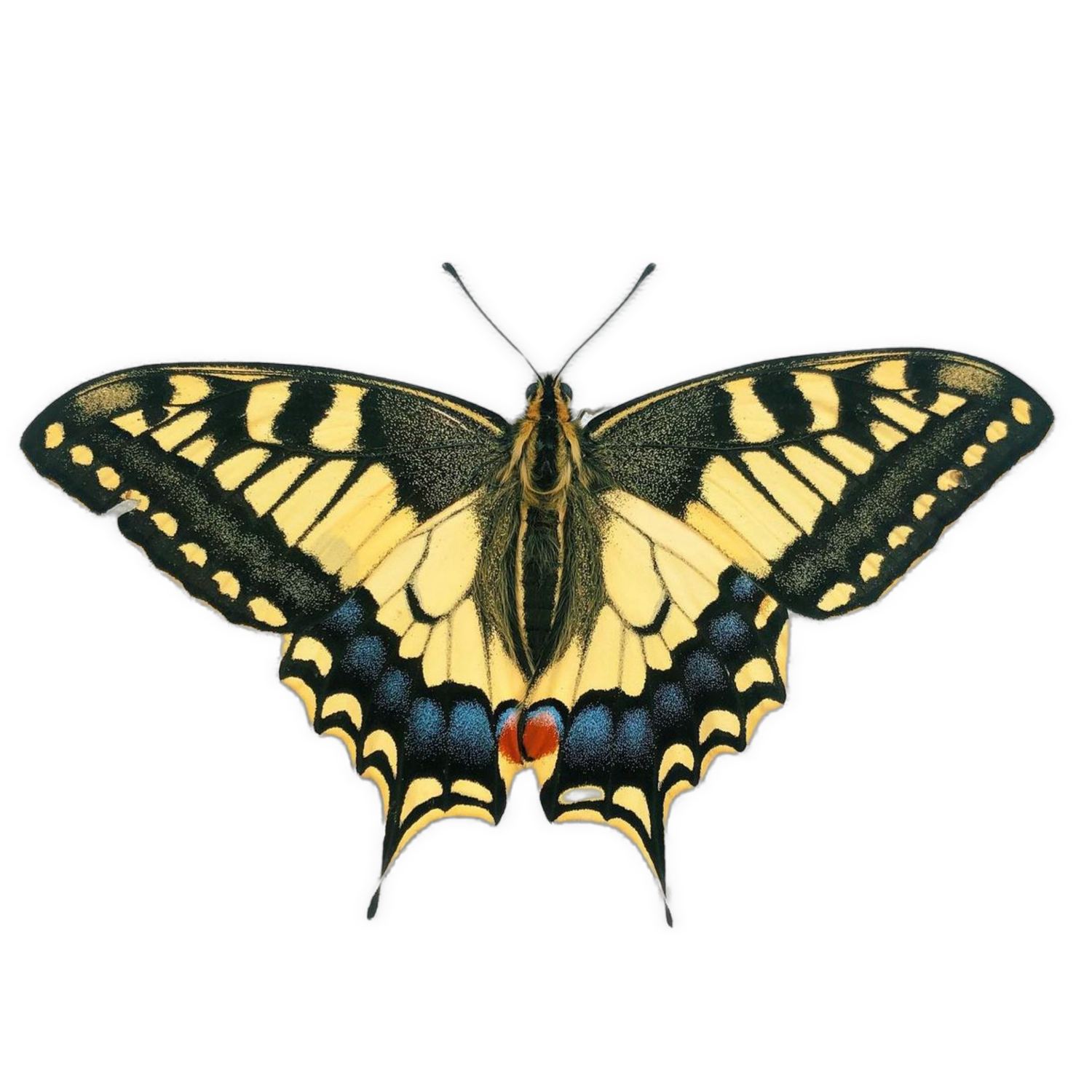Actias luna EGGS
The Luna Moth or American Moon Moth is an elegant species native to North America that has become a favourite for many hobbyists and enthusiasts - both for its beauty and the joy of rearing from egg to adulthood. Perfect for any experience level, caterpillars feed on easily available decious tree leaves (listed below) and grow quickly - spring and summer cocoons usually emerge the same year, with the final brood in late summer/early autumn then overwintering as pupae within their cocoons.
Food plants: Birch, Alder, Sweetgum, Walnut, Willow, multiple others
Difficulty: very easy (1/10)
Temperature: room temperature
Lifecycle: two or three broods annually
The Luna Moth or American Moon Moth is an elegant species native to North America that has become a favourite for many hobbyists and enthusiasts - both for its beauty and the joy of rearing from egg to adulthood. Perfect for any experience level, caterpillars feed on easily available decious tree leaves (listed below) and grow quickly - spring and summer cocoons usually emerge the same year, with the final brood in late summer/early autumn then overwintering as pupae within their cocoons.
Food plants: Birch, Alder, Sweetgum, Walnut, Willow, multiple others
Difficulty: very easy (1/10)
Temperature: room temperature
Lifecycle: two or three broods annually
The Luna Moth or American Moon Moth is an elegant species native to North America that has become a favourite for many hobbyists and enthusiasts - both for its beauty and the joy of rearing from egg to adulthood. Perfect for any experience level, caterpillars feed on easily available decious tree leaves (listed below) and grow quickly - spring and summer cocoons usually emerge the same year, with the final brood in late summer/early autumn then overwintering as pupae within their cocoons.
Food plants: Birch, Alder, Sweetgum, Walnut, Willow, multiple others
Difficulty: very easy (1/10)
Temperature: room temperature
Lifecycle: two or three broods annually


